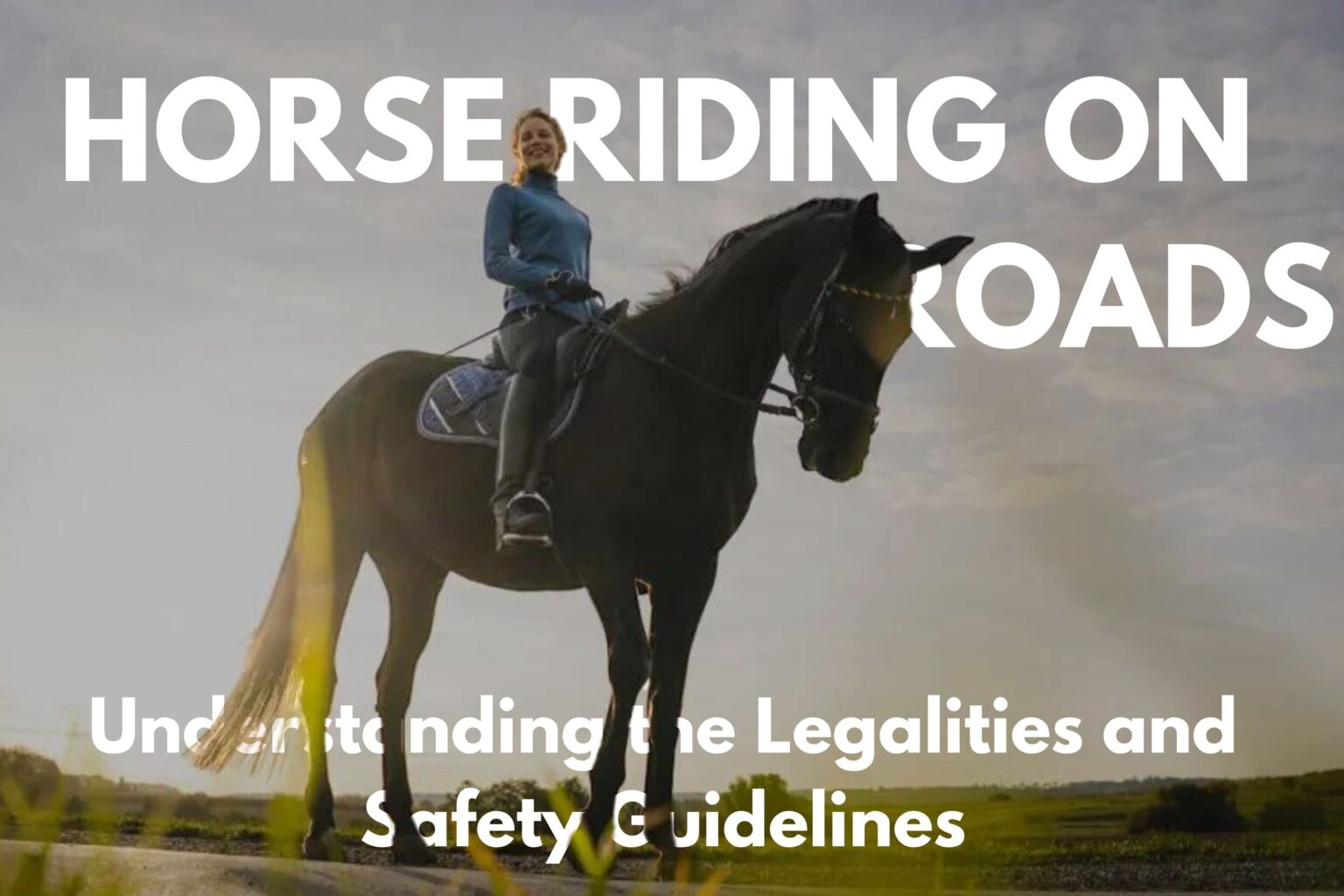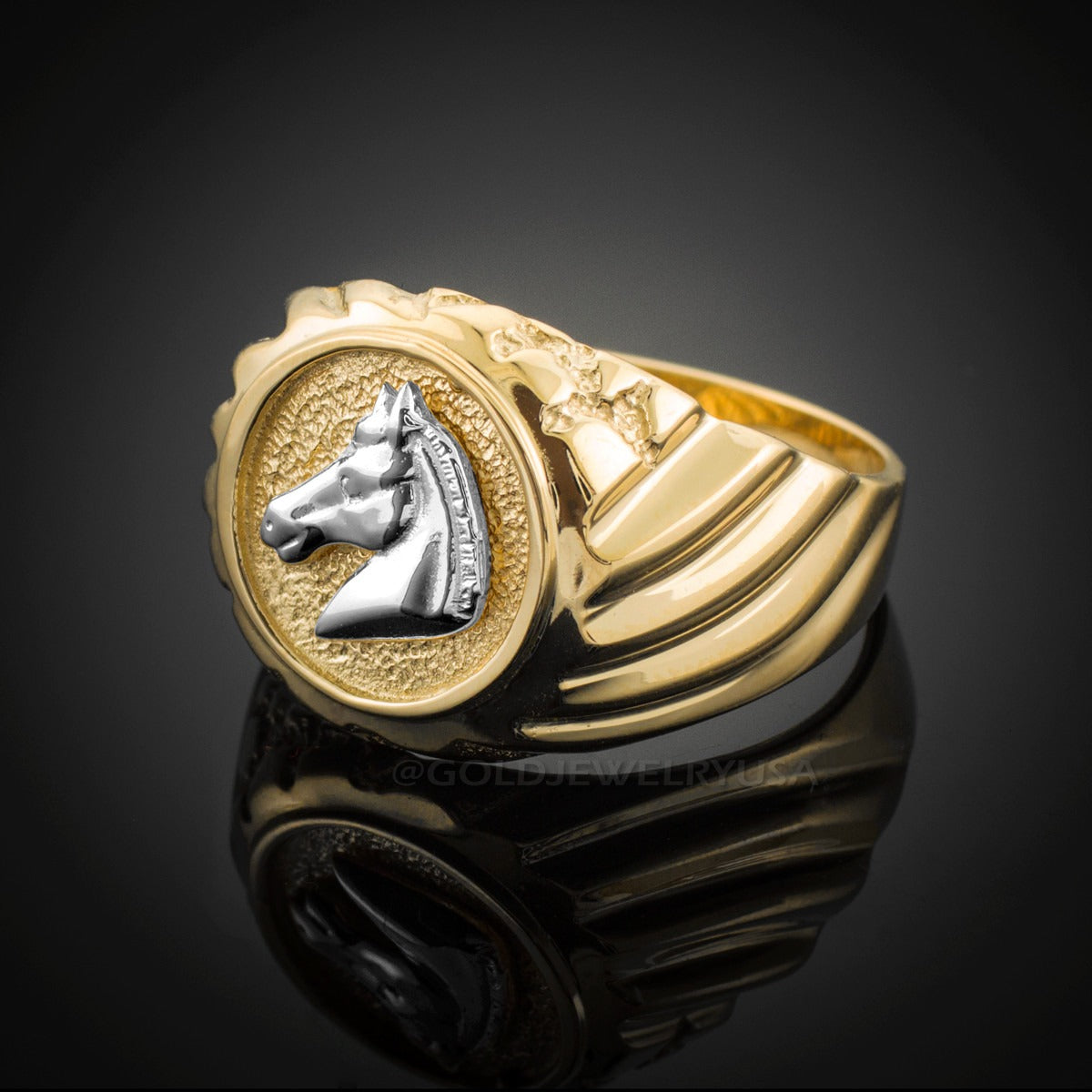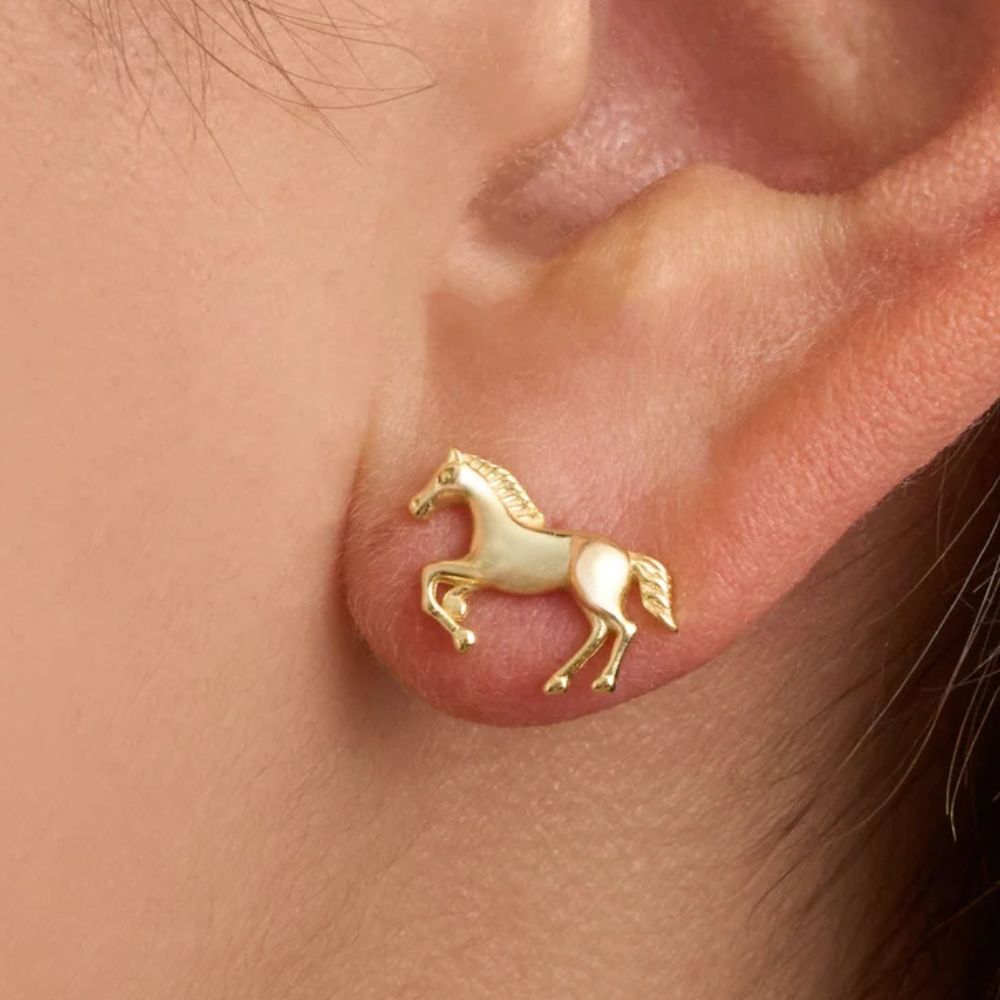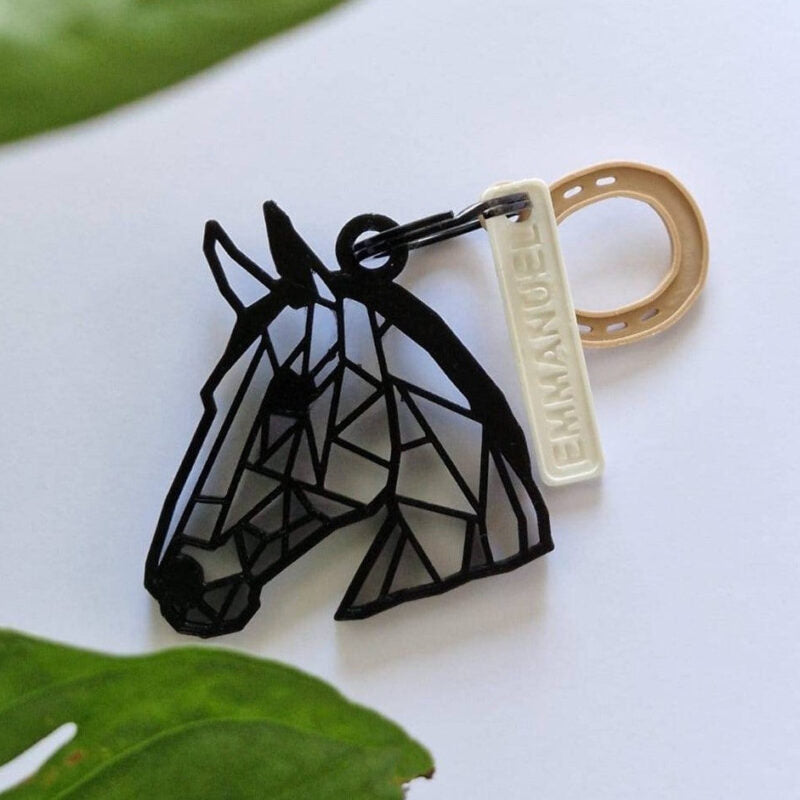
Is it legal to ride a horse on the road?
Is it legal to ride a horse on the road? A Comprehensive Guide
In an age dominated by motorized vehicles, the sight of a horse and rider on a public road might seem like a relic of the past. However, horseback riding on roads remains a common practice in many areas, particularly in rural communities and among equestrian enthusiasts. This comprehensive guide explores the legalities, safety considerations, and best practices for riding horses on public roads.
Legal Status of Horses on Roads
General Legal Framework
In most jurisdictions, horses are legally classified as vehicles when on public roads. This classification has several important implications:
- Rights and Responsibilities: Riders generally have the same rights and duties as other road users.
- Road Access: Horses are usually allowed on most public roads, with some exceptions.
- Traffic Laws: Riders must obey traffic signs, signals, and rules of the road.
Variations in Local Laws
While the general principle of horses being allowed on roads is widespread, specific regulations can vary significantly between countries, states, and even local municipalities. For example:
- In the United Kingdom, the Highway Code explicitly recognizes horses as road users and provides detailed guidance for both riders and drivers.
- In the United States, laws vary by state. Some states, like California, have specific statutes addressing horseback riding on roads, while others rely on more general traffic laws.
- In Australia, each state has its own road rules regarding horses, but they generally allow horseback riding on most roads.
It’s crucial for riders to familiarize themselves with local laws before venturing onto public roads.
➤ Also Read: How Long can a Horse Live with Navicular?
Key Legal Points
1. Right of Way
In many jurisdictions, drivers are required to yield to horses and their riders. This often means:
- Slowing down when approaching a horse
- Giving horses a wide berth when passing
- Being prepared to stop if necessary
2. Speed Limits
While it might seem obvious, it’s worth noting that riders must obey posted speed limits. Of course, most horses can’t exceed typical road speed limits, but this becomes relevant in areas with very low speed limits or in emergency situations.
3. Signals
Riders are typically expected to use hand signals to indicate their intentions, similar to cyclists. Common signals include:
- Left arm extended straight out for a left turn
- Right arm extended straight out for a right turn
- Left arm extended downward for stopping or slowing
4. Lighting and Visibility
Many jurisdictions have specific requirements for riding at night or in low-visibility conditions. These may include:
- Wearing reflective clothing
- Using lights (white light in front, red light in rear)
- Attaching reflective materials to the horse
5. Road Position
Riders are usually expected to:
- Stay as far to the right side of the road as is safely possible
- Ride single file when in groups
- Use designated equestrian paths when available
Safety Considerations
Riding a horse on a public road involves inherent risks. Here are some crucial safety tips:
For Riders
-
Wear Appropriate Safety Gear
- Always wear an approved riding helmet
- Use high-visibility clothing (fluorescent colors during day, reflective at night)
- Consider using a body protector
-
Prepare Your Horse
- Ensure your horse is well-trained and comfortable around traffic
- Use reflective leg bands or quarter markers on your horse
- Consider using ear plugs for your horse to reduce traffic noise
-
Choose Your Route Carefully
- Avoid busy roads and peak traffic times
- Plan your route to minimize time on public roads
- Be aware of potential hazards like narrow bridges or sharp turns
-
Ride Defensively
- Always be alert and ready to react
- Make eye contact with drivers when possible
- Be prepared for sudden noises or movements that might startle your horse
For Drivers
-
Slow Down
- Reduce speed significantly when approaching horses
- Be prepared to stop if necessary
-
Give Space
- Pass wide and slow, giving at least a car’s width if possible
- Don’t return to normal lane position until well clear of the horse
-
Stay Quiet
- Avoid honking, revving engines, or making sudden noises
- Turn down loud music when passing horses
-
Be Patient
- Wait for a safe opportunity to pass
- Don’t pressure riders to move faster or get off the road
Training and Preparation
Before taking a horse onto public roads, it’s essential to ensure both horse and rider are adequately prepared.
Horse Training
- Desensitization: Gradually expose your horse to traffic sounds and sights in a controlled environment.
- Obedience: Ensure your horse responds reliably to basic commands.
- Fitness: Build up your horse’s fitness for road work, which can be more demanding than arena riding.
Rider Training
- Road Safety Courses: Consider taking a specialized course in road riding.
- Practice: Start in quiet areas and gradually progress to busier roads.
- First Aid: Learn basic first aid for both humans and horses.
Insurance and Liability
Riding on public roads comes with potential legal liabilities. Riders should consider:
- Personal Liability Insurance: To cover potential damage or injury to others.
- Horse Insurance: To cover veterinary costs in case of accidents.
- Health Insurance: To cover personal injuries.
Remember, in many jurisdictions, riders can be held liable for accidents caused by their horse on public roads.
Environmental and Community Considerations
Horseback riding on roads isn’t just about legality and safety; it also has environmental and community impacts:
- Road Maintenance: Horse hooves can cause damage to road surfaces, particularly unpaved roads.
- Waste Management: Riders should be prepared to clean up after their horses, especially in urban or suburban areas.
- Noise: While not as loud as motor vehicles, horses can still create noise that might bother some residents.
- Tourism: In some areas, horseback riding on roads can be a tourist attraction, benefiting local economies.
Frequently Asked Questions
Here are answers to some common questions about riding horses on public roads:
1. Is it legal to ride a horse while intoxicated? No, in most jurisdictions, laws against drunk driving apply to horseback riders as well. Riding a horse while intoxicated can result in similar penalties to driving a car under the influence.
2. Do I need a license to ride a horse on the road? Generally, no special license is required. However, some areas may require riders to be of a certain age or have proof of competency.
3. Can I use my phone while riding a horse on the road? Laws vary, but it’s generally not advisable and may be illegal. Many distracted driving laws apply to all road users, including horse riders.
4. What should I do if my horse gets spooked on the road? Stay calm, try to control your horse, and signal to other road users if possible. If necessary, find a safe place to dismount.
5. Are there weight limits for horses on roads? While there aren’t typically legal weight limits, it’s important to ensure your horse can comfortably carry you and any equipment for the duration of your ride.
In conclusion, while it is generally legal to ride a horse on most public roads, it comes with significant responsibilities. Riders must be well-informed about local laws, prioritize safety for themselves and others, and be considerate of their community and environment. By following best practices and staying alert, horse riding can remain a viable and enjoyable mode of transportation on public roads.
Discover the Perfect Gift for Horse Lovers
Looking for a gift that truly stands out? Explore our exquisite Horse Necklace, Horse Ring, and Horse Watch collections at Dream Horse.
- Horse Necklaces: Elegant designs that let riders keep their passion close to their hearts.
- Horse Rings: Sophisticated pieces symbolizing grace and individuality.
- Horse Watches: The perfect blend of functionality and equestrian charm.
Each piece in our collection is thoughtfully crafted to reflect the beauty and spirit of the equestrian world. Whether it’s a heartfelt present or a treat for yourself, these stunning pieces are sure to leave a lasting impression.
👉 Shop now and give a gift that celebrates the unique bond between rider and horse.
Visit Dream Horse’s Equestrian Jewelry Collection today and find the perfect piece for every horse enthusiast!






















